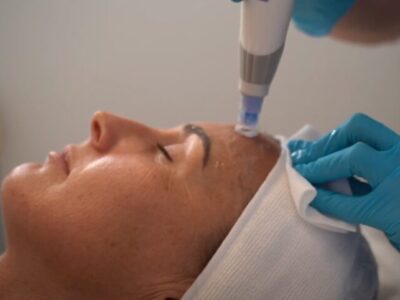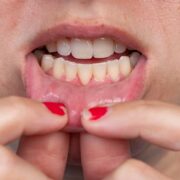
Platelet poor plasma or PPP is prepared using the blood of a patient and used for establishing a fibrin-rich clot in wounds for rapid and natural healing. It also helps generate muscle cell regrowth. The idea behind this treatment is to use the natural healing power of the body to optimize a full recovery.
PPP is found to effectively heal some injuries like muscle tears. PPP is similar to platelet rich plasma or PRP but the latter has a higher concentration of platelet cells ad growth factors. The growth factors in PPP help stimulate healing and offers prolonged anti-inflammatory relief. Medical professionals have been using PPP treatment to promote healing for soft tissue injuries that involve tendons, muscles, and ligaments. Also, the treatment can be used for tissue injuries in joints including labrum and meniscus tears.
Benefits of PPP
PPP improves the ability of the body to generate differentiated muscle cells or myoblasts. Such differentiation is important to regenerate and repair muscles. Platelet poor plasma has elevated levels of fibrinogen, which is a glycoprotein found in the blood. In wounds, fibrinogen is transformed into fibrin which forms a clot that allows healthy cells to migrate and attach. This stops the wound from bleeding and activates the new muscle regeneration. Also, PPP therapy is used for faster post-surgery healing.
What to Expect When you Get a PPP Therapy
First, you will have to prepare for the PPP injection. You will be asked to stop taking any anti-inflammatory medications or supplements five days before the procedure. You must consume fluids the night and morning before the injection so there will be adequate blood draw. During the day of the procedure, you will have to complete some paperwork before your injection. A medical professional will draw blood from your arm to be processed right away. Your doctor will administer the PPP the same day through injection to the affected area. They may also administer an orthosis and prescribe medications and physical therapy, depending on your injury.
After the procedure, you may experience inflammation as PPP initiates a healing response. You can expect stiffness and mild swelling that may last for up to a week. Your doctor will discourage the use of anti-inflammatory medications for up to a couple of weeks after your treatment to enable an adequate natural inflammatory response. You may be allowed to take prescribed pain medicines or acetaminophen.
During your recovery, you should not perform any activity that involves the injured part of your body. Also, it is discouraged to travel by plane during the first week. Your doctor may recommend that your start physical therapy a week after your PPP treatment.











